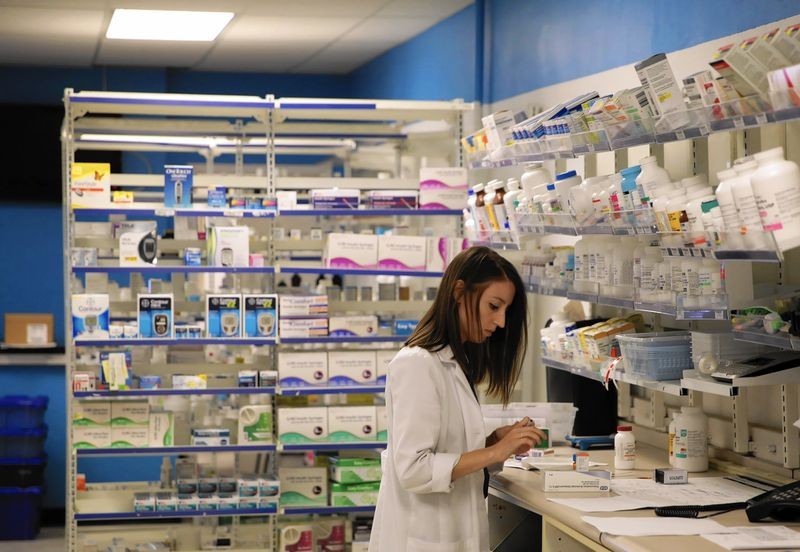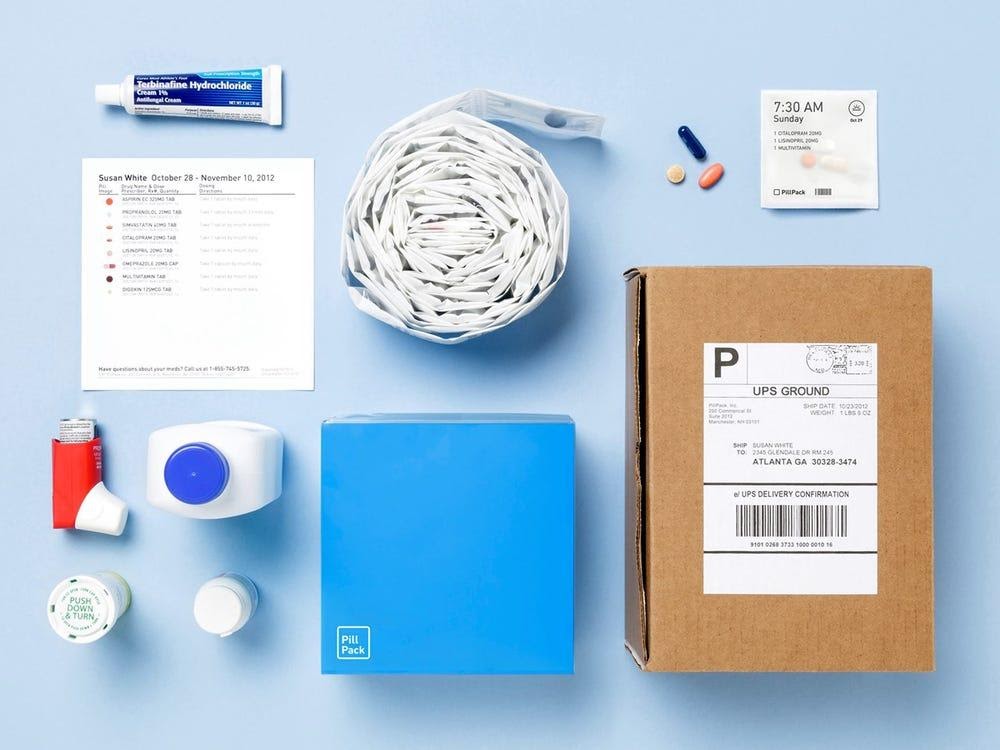
In looking at parallels between COVID-19 and opioid abuse, two of the country’s most prominent public health emergencies in the last decade, there is a stark and alarming difference in the role data has played in how each crisis has unfolded and been addressed.
At the time I’m writing this,
- 3.68 million people in the country have tested positively for the coronavirus (an increase of 50,940 reported cases from the day prior)
- There have been 141,000 deaths attributed to COVID-19
- In the state I live in, the largest single-day increase of people testing positive for the virus occurred this week
- In the county I live in, 16,532 confirmed cases of the virus have resulted in 160 deaths
If more in-depth, real-time data was available and pushed out by reputable sources, there would be a greater collective interest and investment in taking measures to combat the opioid crisis and stop preventable deaths.
These statistics about COVID-19’s prevalence and devastation were readily available with a single browser search due to an abundance of sources – The New York Times, The Atlantic’s The COVID Tracking Project and Wikipedia, to name a few.
A similar search, this time regarding opioid deaths, surfaces that of the “more than 67,000 people who died from drug overdoses in 2018…almost 70% involved a prescription or illicit opioid.” The vague stat is two-years-old.
Further, The National Institute on Drug Abuse’s site states that “The U.S. government does not track death rates for every drug.”
In looking at parallels between COVID-19 and opioid abuse, two of the country’s most prominent public health emergencies in the last decade, there is a stark and alarming difference in the role data has played in how each crisis has unfolded and been addressed.
A Divergent Response
The CDC cites the first recorded increase in prescription opioid overdose deaths in 1999. The number of deaths either remained steady or rose over the following fourteen years and spiked in 2013. Between 2013 and 2018, deaths skyrocketed.
Despite it being a problem significant enough to be on the radar of federal officials for nearly two decades, and knowing an estimated 130 die daily in the US opioid-related drug overdoses, the epidemic was not declared a public health emergency by The U.S. Department of Health and Human Services (HHS) until 2017.
Per its timeline of events, The World Health Organization (WHO) initially sought information from China on a “reported cluster of atypical pneumonia cases in Wuhan” on January 1 of this year. The CDC indicates the public health response to COVID-19 began in the US on February 24. In the time since, collaboration across federal, state and local agencies has yielded a number of policies and mandates that have significantly slowed the spread of the virus. Compared to early May, the current average number of daily COVID-19 deaths has been slashed by more than 50%.
While the grip of opioids grew firmer over almost 20 years before being formally addressed, it took less than two months for the US to combat COVID-19 head-on.
Unfortunately, learnings from the response to COVID-19 have not been applied to help quell the opioid epidemic. Sadly, the scope of opioid abuse has negatively shifted in the shadow of the pandemic.
A Crisis Eclipsed
Detailed in a June U.S. News & World Report story, those that have died from opioid abuse over the past several months comprise a larger pool of individuals who have passed not of COVID-19, but because of it.
The disbanding of group gatherings, social distancing mandates, clinic closures, disrupted drug supply chains and other factors have made circumstances for those struggling with opioid abuse more difficult. Void of relied upon measures to keep opioid addicts sober, overdoses and deaths occurred that may have been prevented if individuals’ pre-COVID-19 support systems remained intact.
On top of that, it’s fair to assume the current recession will exacerbate the festering issue. Study findings published in the National Bureau of Economic Research on the relationship between a down economy, illegal drug use and substance abuse revealed “strong evidence that economic downturns lead to increases in substance-use disorders involving hallucinogens and prescription pain relievers.”
The Washington Post reported that “suspected overdoses” shot up 18%, 29% and 42% in March, April, and May, respectively.
Despite the surge in suspected overdoses this past spring, Americans’ interest in knowing about the state of opioids in our country was nearly non-existent. If more in-depth, real-time data was available and pushed out by reputable sources, there would be a greater collective interest and investment in taking measures to combat the opioid crisis and stop preventable deaths.
An Unmined Resource
The two-year lag time in data regarding the abuse of opioids prevents us from knowing if the measures taken to counter the crisis are effective. It also detracts from the significance of a very real, extremely devastating problem the country continues to face.
While real-time data isn’t readily available to the public, it is at the disposal of pharmacists, a profession responsible for ensuring opioids don’t make it into the hands of bad actors.
OrderInsite’s technology accurately forecasts demand for drugs to ensure on-hand quantities are adequate and not excessive. It also monitors dispensing and other information to detect potential diversion. Its proprietary algorithms process information quickly, analyzing it in seconds. Actionable insights are then provided back to pharmacies same-day to allow for swift, informed decision making.
The technology is so valuable, in fact, that it’s currently in use with one of the country’s largest retail pharmacies.
If pharmacies invested in this available resource, they could serve as the go-to source for providing the public with real-time opioid data. Armed with an accurate and current picture of opioids at the pharmacy level, the future of the crisis could look drastically different.


